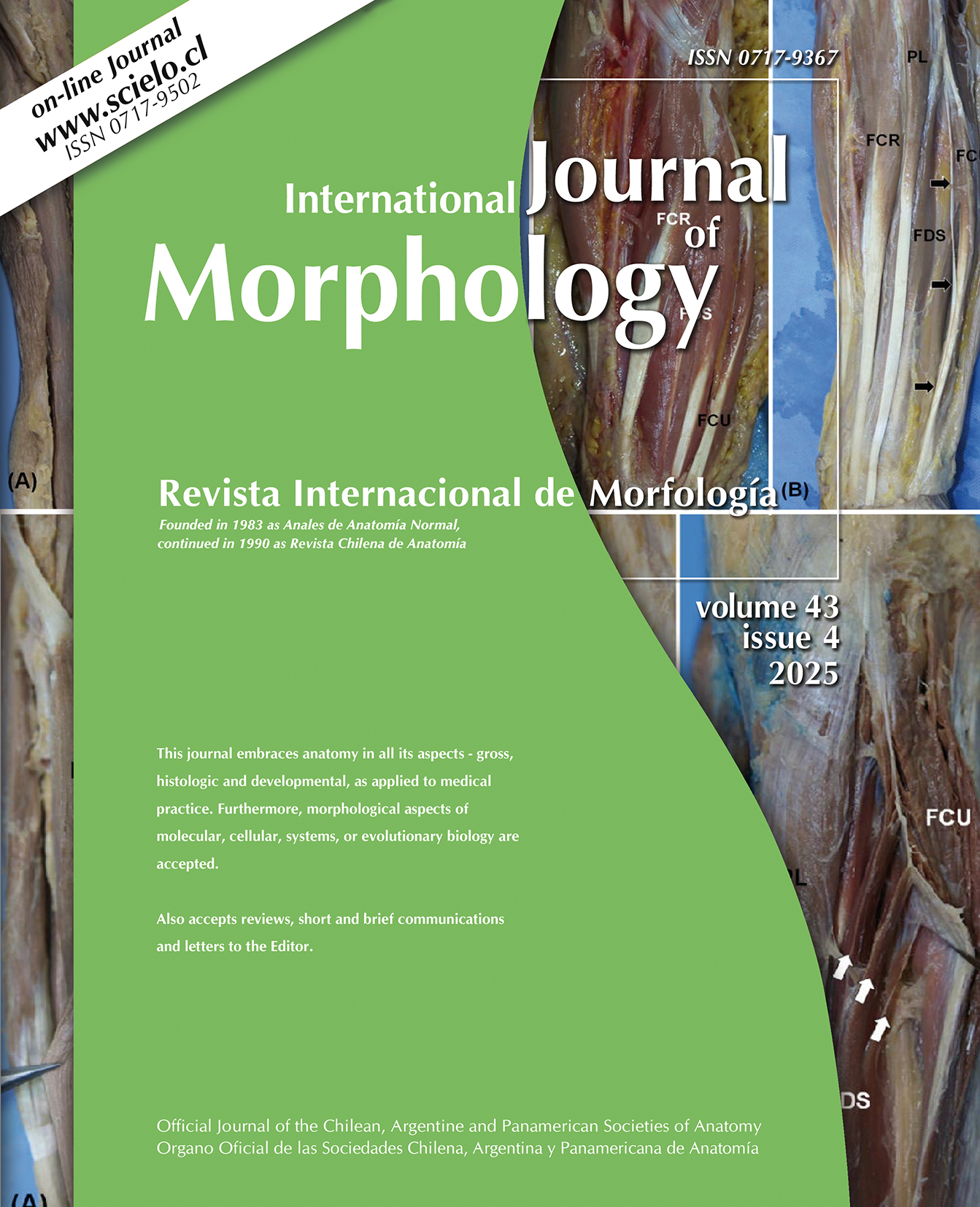A Randomized Controlled Study on the Efficacy of Different Approaches of Intramedullary Nailing with Blocking Screws for Proximal Tibial Fractures
DOI :
Zhe Li & Kai Wu
Summary
The objective of this study was to compare and analyze the clinical efficacy of different approaches of intramedullary nailing with blocking screws for proximal tibial fractures. One hundred cases of proximal tibial fractures treated in the orthopedic department from April 2021 to September 2023 were included in the study and divided into control and treatment groups using a random number table. A control group (n=50) treated with infrapatellar intramedullary nailing with blocking screws, and a treatment group (n=50) treated with suprapatellar intramedullary nailing with blocking screws. We observed the excellent and good rates in both groups, compared various perioperative indicators, changes in joint range of motion (ROM), Visual Analog Scale (VAS) pain scores, Lysholm knee joint function scores, changes in inflammatory factors, and various bone markers before and after treatment, and analyzed postoperative complications. There were no significant differences in baseline data such as age, sex, body mass index, fracture site, concomitant fibular fractures, time from fracture to surgery, injury mechanism, and AO/OTA fracture classification between the two groups (P>0.05). The excellent and good rate in the treatment group after treatment was 90.00 % (45/50), significantly higher than 72.00 % (36/50) in the control group (P<0.05). There were no significant differences in intraoperative blood loss and fracture healing time between the two groups (P>0.05). However, the treatment group had shorter surgical times and fewer fluoroscopy times than the control group (P<0.05). After treatment, both groups showed increased ROM and Lysholm scores, as well as decreased VAS scores. Moreover, compared to the control group, the treatment group had higher ROM and Lysholm scores and lower VAS scores (P<0.05). Inflammatory factors including interleukin-1β (IL-1β), C-reactive protein (CRP), tumor necrosis factor-α (TNF-α), osteocalcin (BGP), and calcitonin (CT) increased in both groups after treatment, while total n- terminal propeptide of type I procollagen (Total-PINP) and b-C-terminal telopeptide of type I collagen (β-CTX) decreased. Compared to the control group, the treatment group exhibited greater increases in inflammatory factors and lower levels of Total-PINP and β-CTX, but higher BGP and CT levels (P<0.05). The incidence of postoperative complications was 8.00 % (4/50) in the treatment group and 24.00 % (12/50) in the control group, with statistically significant differences (P=4.762, X2=0.029). In the treatment of proximal tibial fractures, intramedullary nailing with blocking screws using the suprapatellar approach achieves significant clinical efficacy. It reduces surgical time, minimizes radiation exposure to healthcare workers and patients, improves knee joint range of motion and function, decreases postoperative pain and complication rates, suppresses inflammatory reactions, and promotes the improvement of bone markers related to fracture healing.
KEY WORDS: Proximal tibial fracture; Infrapatellar intramedullary nailing; Suprapatellar intramedullary nailing; Blocking screws.
How to cite this article
LI, Z. & WU, K. A randomized controlled study on the efficacy of different approaches of intramedullary nailing with blocking screws for proximal tibial fractures. Int. J. Morphol., 42(4):960-969, 2024.





























